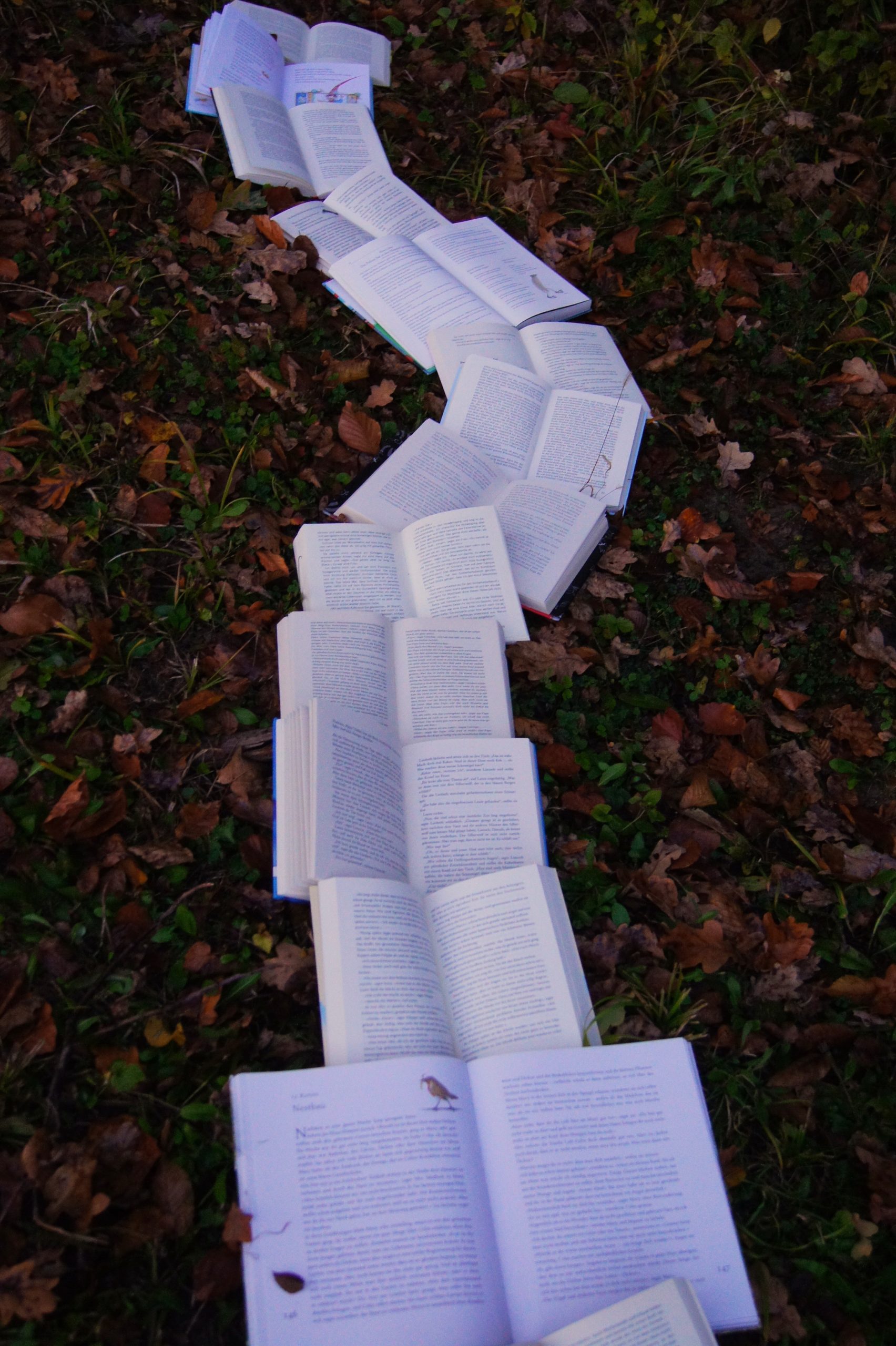The world of bookbinding is a fascinating one, and it’s not often that we get an inside look at the daily life of a professional binder. From the meticulous process of binding each page together to tackling unique challenges along the way, there’s no doubt that this job requires skill, patience, and creativity. Join us as we take a peek behind the scenes with The Book Binder and explore what goes into creating beautiful works of art that can last for generations.
What does a book binder do?
Bookbinders are skilled craftsmen who specialize in creating, repairing, and preserving books. They work with a variety of materials ranging from leather to paper and use specialized tools to perform their job.
One of the main duties of bookbinders is to assemble all the pages into a cohesive whole. This can involve sewing or gluing each page together by hand, which requires a great deal of precision and attention to detail.
In addition to binding new books, bookbinders also repair damaged ones. This may involve reattaching loose pages or covers, fixing torn spines or replacing missing pieces.
Another important aspect of bookbinding is preservation. Bookbinders must carefully handle delicate old books and manuscripts while using techniques that will prevent further damage over time.
Bookbinding is an intricate art form that requires both technical skill and creativity. Through their work, bookbinders help keep our literary heritage alive for generations to come.
What is the process of binding a book?
Bookbinding is a craft that has been around for centuries. It involves the process of assembling pages into a book and attaching them to a cover or binding. The process may seem simple, but it requires precision and skill.
The first step in bookbinding is folding the sheets of paper into groups called signatures. These signatures are then sewn together using thread or glue to create what’s known as the text block.
Once the text block is complete, it’s time to attach it to the cover or binding. This can be done through various methods such as adhesive, stitching, or casing-in.
Adhesive binding involves applying glue directly onto the spine of the text block and then attaching it to a pre-made cover. Stitching involves sewing the text block directly onto an already prepared cover while casing-in involves fitting the text block within a pre-made case.
After attaching the text block to its cover, any necessary finishing touches can be added such as headbands, ribbon markers, and gilt edges.
Bookbinding is an intricate process that requires patience and attention to detail at every stage from folding pages into signatures all way up until adding final touches on covers before completing each masterpiece with pride!
What are some of the challenges that binders face?
Being a professional book binder is not an easy job. It requires dedication, patience and attention to detail. One of the biggest challenges that binders face is dealing with different types of materials. Binders work with a variety of paper weights, textures, and colors which can make it difficult to create consistency in their work.
Another challenge comes from working on unique projects. Each project is different from the last, presenting new obstacles for the binder to overcome. Some books may have unusual shapes or require intricate designs which take more time and effort to complete.
Binders also need to be precise when measuring and cutting materials as even the smallest mistake can ruin an entire project. They must ensure that each page lines up properly while binding so that all text remains legible once bound.
Binders are also responsible for maintaining old books by repairing damaged spines or covers. This requires careful handling of delicate pages and materials while making sure repairs are seamless so as not to alter the original appearance of the book.
Being a professional binder involves overcoming various challenges but it ultimately rewards those who possess both skill and passion for their craft!
How has bookbinding changed over the years?
Bookbinding has been around for centuries, and it has undergone many changes over the years. In ancient times, bookbinding was a craft that involved sewing pages together and attaching them to wooden boards covered in leather or parchment.
During the Middle Ages, illuminated manuscripts were popular, and bookbinders incorporated intricate designs into their work. The use of gold leaf became more common during this time period as well.
The invention of the printing press in the 15th century revolutionized book production. Bookbinders no longer had to sew individual pages together by hand; instead, they could bind entire books at once using machines.
In the 19th century, mass-produced paperbacks became popular thanks to advancements in technology such as steam-powered presses. This led to a shift away from ornate bindings towards simpler designs that were more cost-effective.
Today, digital printing has made it possible for anyone to self-publish a book without needing to go through a traditional publishing house. While this means there is less demand for professional bookbinding services overall, there are still those who appreciate high-quality craftsmanship and seek out bespoke binding options for their personal collections or special editions.
While some aspects of bookbinding have become automated with technological progress over time, there remains an appreciation for handmade bindings crafted by skilled artisans who carry on traditional techniques passed down through generations.
What is the future of bookbinding?
The future of bookbinding is an exciting one, as advancements in technology and materials continue to push the boundaries of what is possible. One of the biggest trends in recent years has been the rise of digital printing, which has enabled binders to produce high-quality books more efficiently than ever before.
Another trend that is likely to shape the future of bookbinding is sustainability. As people become increasingly concerned about environmental issues, there will be a growing demand for books that are produced using eco-friendly methods and materials.
In addition to these trends, there are also many new technologies and techniques being developed that could revolutionize the way we think about bookbinding. For example, 3D printing has already been used to create intricate covers and designs for books, while augmented reality could add a whole new layer of interactivity to printed materials.
It seems clear that bookbinding will continue to evolve and adapt in response to changing demands and technological advances. While some traditional techniques may fall by the wayside, new opportunities will always arise for those willing to embrace innovation and creativity in their craft.
Conclusion
Bookbinding is an art that has been around for centuries and continues to evolve with the times. The role of a book binder is essential in producing high-quality books that are not only visually appealing but also durable. Despite the challenges faced by binders such as competition from digital media and technological advancements, traditional bookbinding remains relevant.
The future of bookbinding looks promising with the rise of self-publishing and print-on-demand services. As more people look for unique ways to showcase their work, there will always be a demand for professional binding services.
Whether it’s repairing old books or creating new ones, a day in the life of a professional binder involves dedication, patience, skill and passion. It’s truly fascinating to see how these talented individuals turn stacks of paper into beautiful works of art that we can hold in our hands.
Next time you pick up your favourite novel or coffee table book take some time to appreciate the intricate workmanship that went into its production. We hope this behind-the-scenes glimpse into the world of bookbinding has given you newfound appreciation for this timeless craft.










